The glorious Piranesi exhibition currently on show here at the State Library has me thinking about the whole passionate business of collecting.
The British as art collectors : from the Tudors to the present: James Stourton and Charles Sebag-Montefiore
You don’t have to watch too many episodes of Bargain Hunt or Antiques Roadshow on TV to recognise the breadth and depth of collecting that has occurred up and down the British Isles over many centuries. This beautful book charts the development of English art collecting from the time of Henry VIII through to the Swinging Sixties and beyond. From royal collectors to the artistically inclined nobilty and then straight through to the hoi-polloi, the authors chart the great collectors and their collections; outlining as well how this passion for collecting eventually led to the remarkable establishment of museums and galleries across the nation.
Sir John Soane’s Museum, London by Tim Knox
If you have ever visited London but not yet managed a trip to the John Soane Museum, shame on you; apart from anything else, it will make your own clutter back home pale into insignificance. Soane was one of the most important architects and thinkers of the late Georgian period, as well as being an inveterate collector of just about anything; yes, that is indeed the sarcophagus of Pharaoh Seti I in the basement. He generously bequeathed his extraordinary house and all of its treasures to the nation in 1833, and it stands there today in Lincoln’s Inn Fields, just as he left it and bulging at the seams with an array of objects and artworks that is literally mind-blowing.
The Camondo legacy : the passions of a Paris collector: edited by Marie-Noël de Gary
Of course the British don’t have a monopoly on collecting, and a trip to the wonderful Musee Nissim de Camondo in Paris is both overwhelming and tremendously moving. Moise de Camondo built the house in 1911 to display and preserve his unrivalled collection of 18th century French furniture and decorative arts; a labour of love for his adopted country, having moved to Paris from Constantinople as a young boy. Named after his only son who died as a fighter pilot in World War One, Moise donated the house and its contents to the Decorative Arts Society to be maintained as a museum in the 1930s, and it remains a most wonderful memorial to a remarkable public benefactor. Tragically his daughter Beatrice and her young family were all killed at Auschwitz following their deportation from France, and this extraordinary family was wiped out. A documentary film on show at the museum is unbearably moving, and fills the lovely rooms with ghosts.
The Johnston Collection
The Johnston Collection in East Melbourne is a marvellous Antipodean version of the house museum, built around the collection of one man, William Robert Johnston. Setting out as an antique dealer in postwar Melbourne, Johnston travelled the world locating and purchasing items to be shipped back to Australia for auction, eventually setting up his own shopfront business in High Street, Armadale. Keeping his favourite pieces for his own enjoyment (particularly from the Regency and Georgian eras), his beautiful home is full of the most exquisite decorative art and furniture, and his desire to make his unique collection available to the public led him to establish an independent trust, shortly before his death in 1986. We continue to benefit from this great act of philanthropy to this day.
Cabinets of wonder: text by Christine Davenne ; photographs by Christine Fleurent
Wunderkammer, Cabinets of Wonder, Cabinets of Curiosities, the very names given to this surprising branch of collecting evoke expectations of surprise and (possibly) horror. Stretching back to the 17th century these collections have been described as “a microcosm or theater of the world…a memory theater”, and they could include items from the natural world, science, art, antiquity, etc., etc., etc. All very post-modern really, which is probably why they are making a surprising and very welcome reappearance all around us; come to think of it, maybe the Web is just one massive Wunderkammer?
Cabinets of curiosities by Patrick Mauries
Something curious from our Picture Collection

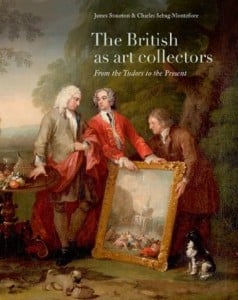

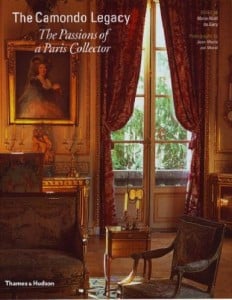
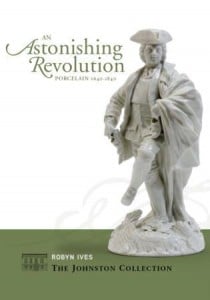
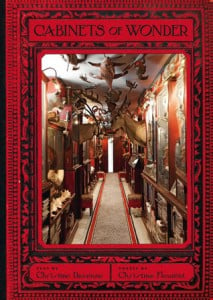

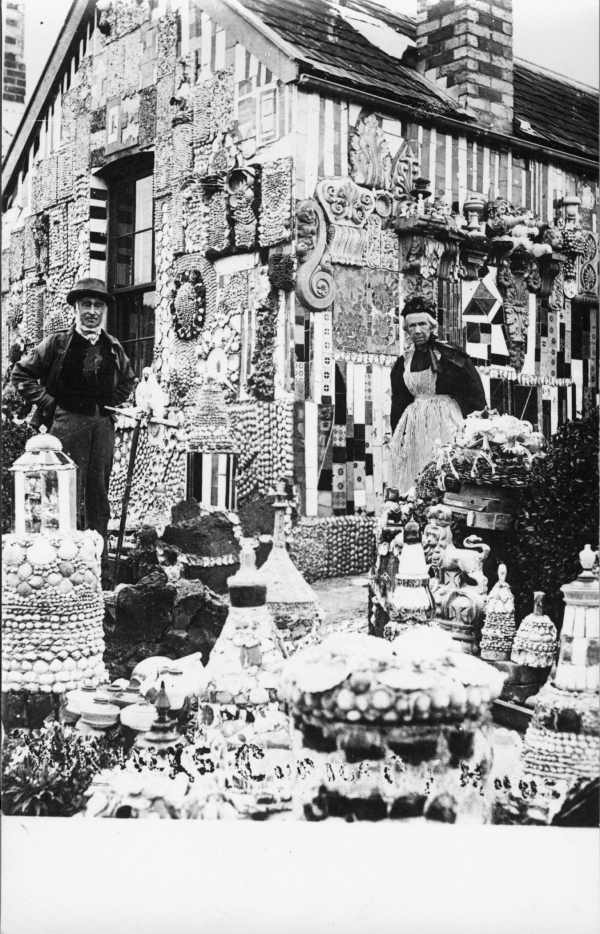

I love the efforts you have put in this, regards for all
the great blog posts.